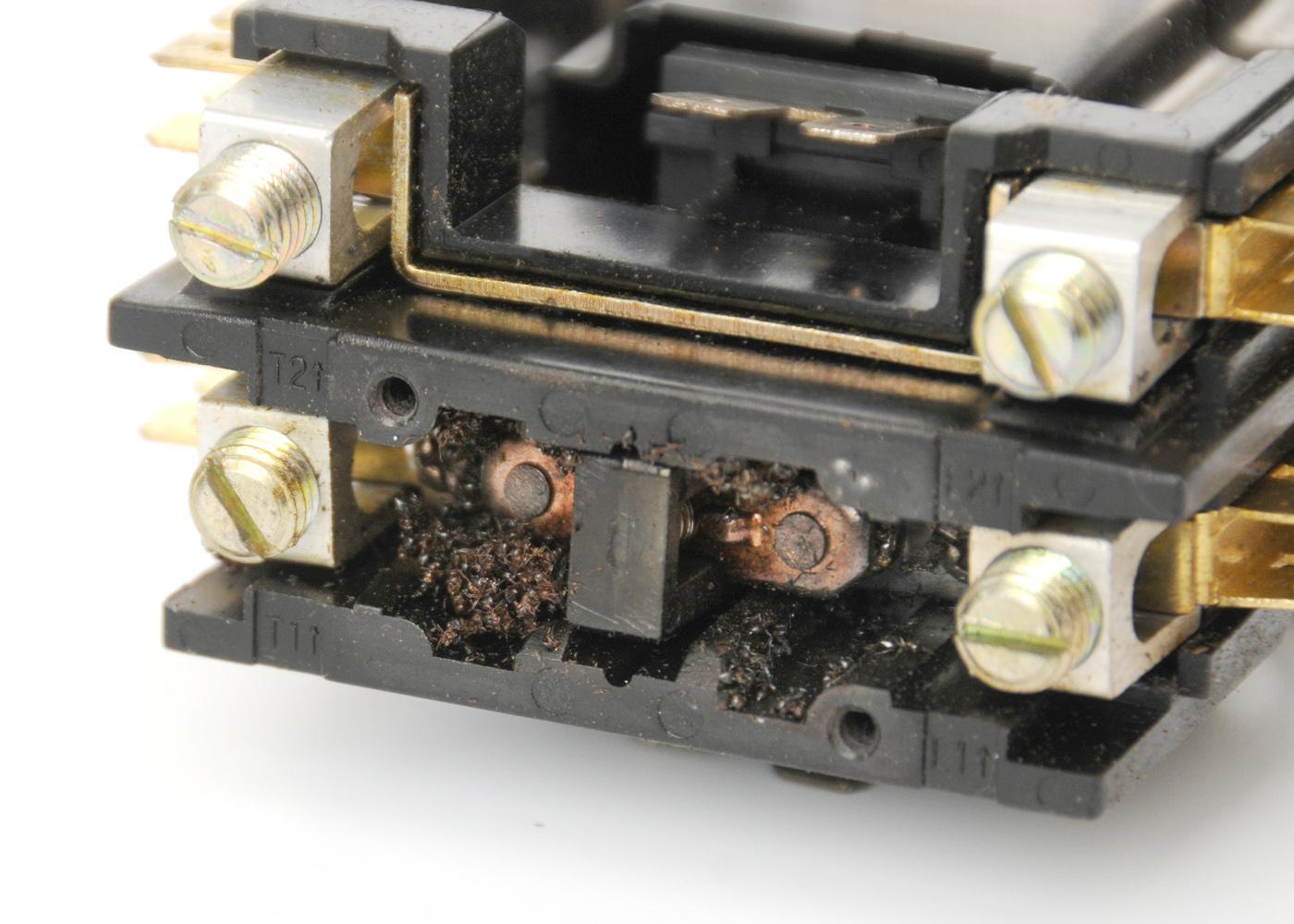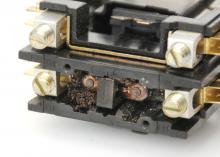Information Possibly Outdated
The information presented on this page was originally released on July 19, 2012. It may not be outdated, but please search our site for more current information. If you plan to quote or reference this information in a publication, please check with the Extension specialist or author before proceeding.
Ants of summer cause problems
MISSISSIPPI STATE – Mississippi has 187 known species of ants calling the state home, and while fire ants are the most feared, others can cause problems ranging from disruptive to serious.
Blake Layton, entomologist with the Mississippi State University Extension Service, said several species of ants invade Mississippi homes.
The ones most commonly found are the Argentine ant, odorous house ant, little black ant, dark rover ant, imported fire ant, black carpenter ant and acrobat ant. A new invasive species, the hairy crazy ant, is found in Jackson and Hancock counties.
“Ants invade homes more in the summer because this is when their populations are highest and they are foraging heavily for food and water,” Layton said. “When they get inside, they are usually found in sugar bowls, pet foods, cereal or other food items, or they are just collecting water.”
With the exception of the fire ant, whose sting can threaten health, home-invading ants do not pose a real health threat to humans or pets. However, certain ants may congregate in electrical boxes, where they can cause shorts in electrical systems.
“This problem with electrical shorts is more common than many people realize,” Layton said. “I have had calls about shorts in water pumps, light switches, light sockets, air conditioners, computers and several cases of vehicles that were immobilized by ants.”
Joe MacGown, a research technician with the Mississippi Agricultural and Forestry Experiment Station, said ants are apparently drawn by the electrical current.
“When individual ants are injured, they typically give off an alarm pheromone, which in turn attracts more ants,” MacGown said.
Ants’ need for water, food and shelter often causes them to become home invaders.
“When they come indoors, they are seeking one or all of those things,” MacGown said. “If the weather is dry, they may primarily be looking for a moisture source, but if it is too wet, they may be seeking a drier area to nest.”
Pets sometimes are bothered by ants, too. Dr. Walter Mullen, assistant clinical professor in MSU’s College of Veterinary Medicine, said ants often get in pets’ food.
“Food covered in ants can drive the pet away from the food,” Mullen said. “Feed only what your pet will eat in a short time, so there is not a lot of food left to attract the ants.”
Ants in the food dish may bite pets on the face. Cats are not frequently bothered by ants, but dogs, particularly those with short legs, can get into ants outside and be bitten on their sparsely-haired abdomens. It is possible for a dog bitten by ants to develop true discomfort requiring veterinary intervention, but most of the time, the problem is resolved when ants are kept out of the food and premises are kept free of ant mounds.
“As with other types of insect bites and stings, monitor your pet for any signs of an allergic reaction to ant bites,” Mullen said. “Hire an exterminator to control the ant problem if ants are coming indoors for the pet’s food or they are swarming in the food dish outdoors.”
Find a variety of information on ants and other household pets in Extension publication 2443, Control Household Insect Pests.



